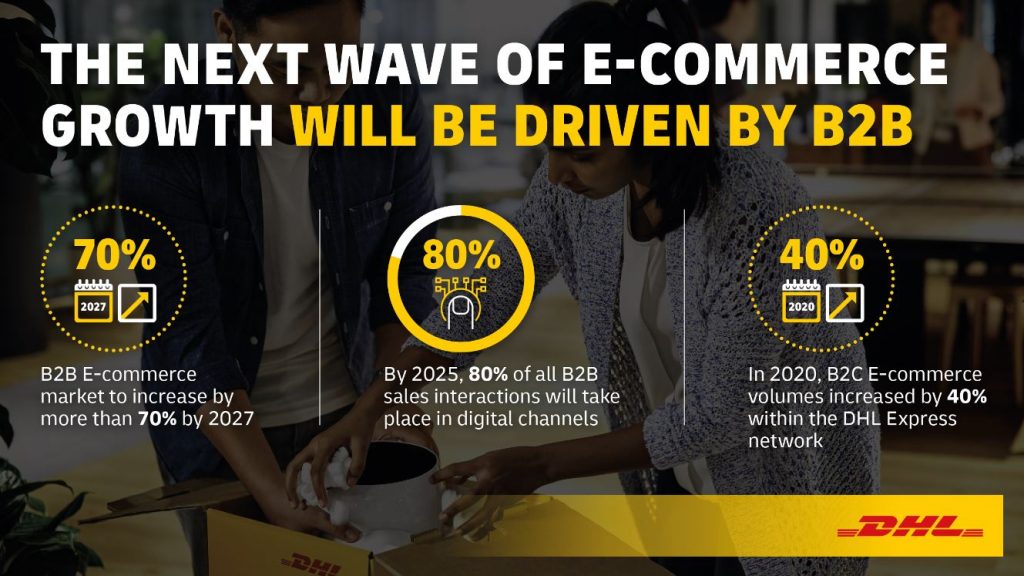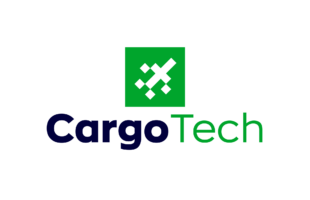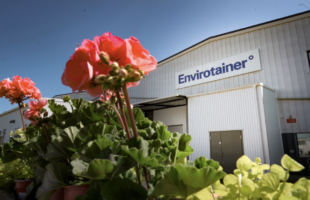

The way transactions are done amongst businesses are expected to shake up as more sales interactions are expected to take place through digital channels. A new study by DHL Express predicts that 80 percent of all B2B sales interactions between suppliers and professional buyers will take place in digital channels by 2025.
John Pearson, CEO of DHL Express, believes globalisation has shown resilience despite lockdowns and circuit breakers thanks to digitalisation and global trade. “These trends have led to an ever growing number of consumers to shift their shopping activities online. The pandemic has accelerated this development like never before, with a sharp rise in businesses selling their goods in the global marketplace,” he added.
What is interesting now is that the millennial generation is taking over as decision makers in these businesses. According to the white paper, millennials now account for 73 percent of all professional B2B purchasing decisions.
“As digital natives, their experiences in the B2C sector translate to high expectations when making B2B transactions, pushing companies to invest in digital solutions, such as selling platforms, while offering great growth potential,” the study read.
Also read: DHL Express opens $131m hub at Malpensa Airport
It wasn’t too long ago when B2B e-commerce outperformed its B2C counterpart. In 2019, before the pandemic, global sales on B2B e-commerce sites and marketplaces had already increased by 18.2 percent to reach US$12.2 trillion, outpacing the market size of the B2C sector, according to market intelligence Statista. This sector is estimated to reach US$20.9 trillion by 2027.
DHL believes e-commerce and global logistics have provided the key to unlock local shutdowns, keeping economies running and mitigating the impact of Covid-19 for its customers.
With more people staying at home and buying online, Ken Lee, CEO of DHL Express Asia Pacific, reminds logistics providers to remain ‘agile’ to be able to accommodate the surge in volume, particularly during peak months, to take advantage of the high growth rates during holiday sales and mega shopping days.
“Specifically in Asia Pacific excluding China, we have witnessed a 17.3% year-on-year rise in shipment volume during the peak months of November and December 2020 driven by more active shippers and a 21% higher spend per customer. In those two months alone, there were 65% more B2C shipments of which consumer technology products and fashion apparel contributed the most,” Lee explained.
What is predicted for the future of the B2B sector has already been visible in the significant B2C e-commerce rise over the last years, the company noted. Just last year DHL Express saw B2C e-commerce volumes jump 40 percent, with total revenue of €19.1 billion (US$ 22.4 billion), up 11.9 percent year on year, the division’s best result so far.
In 2020, it delivered 484 million shipments in total for both B2C and B2B customers around the globe, around 9 percent more per day than the previous 2019. To adapt to this significant growth in its network, the express operator continues to invest more than €1 billion in state-of-the-art facilities to multiply its sorting capacity (+65 percent since 2013), including hiring staff (plus 10,000 year-on-year), as well as adding new freighters to its fleet (+20 units year-on-year).










